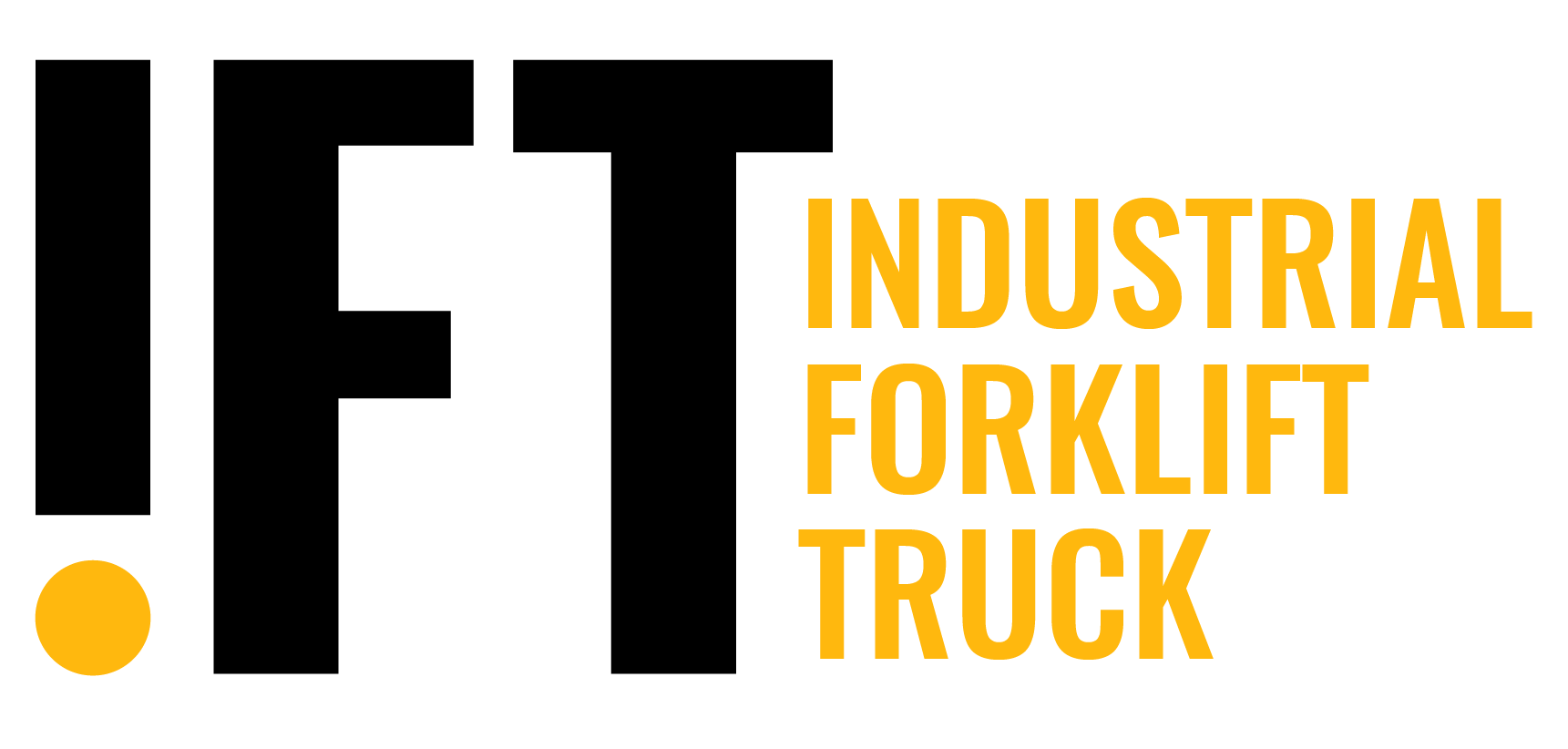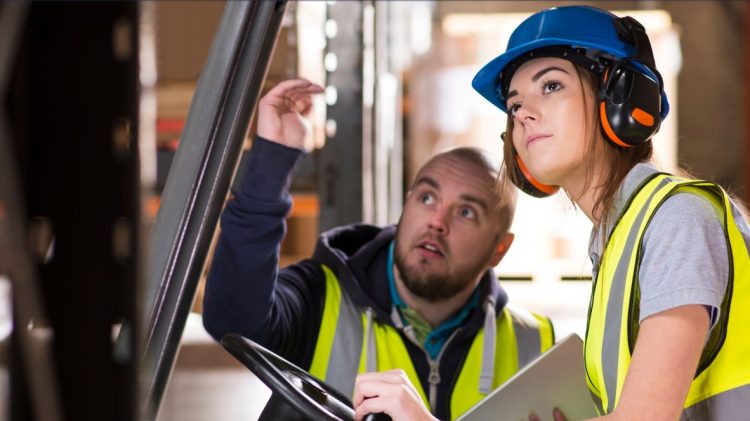Quick Summary:
Forklift operators are the key to efficiency in warehouse, construction site, port, and manufacturing plant operations. They help reduce manual labor and improve the speed of material handling to keep project timelines on track.
While it might look easy, operating a forklift without a certification is illegal. Driving a forklift is a specialized skill, and the Occupational Safety and Health Administration (OSHA) regulations require all forklift operators to have a license before operating to keep themselves and other warehouse workers safe.
Whether you’re just starting your career or you’re looking to learn a new skill to support your team, becoming a certified forklift operator is a great next step. Use this step-by-step guide to learn what you need to know to get forklift certified and how to find a training program.
What Is A Forklift Certification & Why Is It Important?
A forklift certification is a formal license that all operators must obtain before handling any powered industrial machinery. They’re enforced by OSHA guidelines to reduce the risk of accidents in the workplace.
Aside from complying with those standards, becoming a certified forklift operator can help foster a safer workplace, lower insurance rates, and reduce the risk of equipment and property damage.
How to Get Forklift Certified: Step-By-Step Guide
Getting forklift certified is a fairly quick process. This step-by-step guide has all the information you need to become an OSHA-approved forklift operator.
1. Understand OSHA’s Forklift Training Requirements
Per standard 1910.178, OSHA mandates that all forklift operators complete training to become certified before operating any equipment. This training includes 3 steps:
- Formal instruction, via classroom or an OSHA-accepted online course.
- Hands-on training, from an employer to familiarize yourself with the equipment and review hazards specific to your job-site.
- Performance evaluation, held by a qualified trainer or employer on practical skills and safety tests.
2. Choose the Right Type of Forklift to Train On
You need to be certified for the specific type of equipment you’ll be operating. OSHA recognizes 7 different classifications of forklifts:

Each piece of equipment has a different design and its own set of operating capabilities, which in turn, means a unique set of safety considerations. Being certified in one piece of equipment doesn’t automatically mean you’re certified to use another.
The most common certifications are:
- Counterbalance licenses: the most commonly used type of forklift truck.
- Reach truck licenses: commonly used in narrow aisle warehouses.
- Order pickers: used in order fulfillment centers.
If you can, try to find a program that covers all 7 classifications — or at a minimum, the types of equipment you’ll be operating on the job.
3. Enroll in an OSHA-Compliant Training Program
To become a certified forklift operator, your training must be completed through an OSHA-compliant program. You can find local training providers in your area through your employer, community colleges or trades schools, or online third-party training companies.
Make sure that the training covers all of the different forklift classes you’ll be operating while on the job. If you’re having trouble finding a program in your area, CertifyMe.net, ForkliftTraining.com, and the National Forklift Foundation are 3 simple, OSHA-approved online resources that can get you certified quickly.
4. Pass the Certification Exam and Skills Evaluation
Now that you’re enrolled in a certified program, it’s time to learn and test your knowledge. You’ll be required to pass a written exam (70% or higher), followed by a hands-on evaluation. You’ll be tested on topics like:
- Forklift specifications (load capacities, lift height, etc.)
- Operator controls
- Safe operating practices
After passing both section of the exam and demonstrating your ability to operate a forklift safely, you’ll receive a certificate of completion and your official forklift operator card. This certifies you to operate forklifts for three years.
5. Complete An Employer-Specific Evaluation
Even after receiving your certificate of completion, the final step is to pass a performance evaluation. These are conducted by employers to evaluate your performance on the equipment you will use in their specific work environment.
If you haven’t already, you’ll be trained on the exact type of forklift model you’ll be using and the specific hazards to be aware of in your workplace.
Forklift Recertifications
OSHA requires retraining for certified forklift operators at a minimum of every three years. These recertifications help keep safety at the forefront of everyone’s minds and ensure your operators are educated as regulations change.
You may be required to get recertified sooner if you are involved in any of the following events before your three years expire:
- You are observed operating a forklift unsafely
- You are involved in an accident or near-miss event
- You switch to working on a different forklift type
- Your workplace conditions change significantly
Need Some New Equipment?
Industrial Forklift Inventory is an online inventory that partners with hundreds of pre-screened forklift dealers across the US to offer our customers the best deals on new and used forklifts.
Compare Quotes For Free Today!FAQ: Forklift Operator Certification
Yes. OSHA requires a certification for anyone operating a powered industrial truck in a workplace setting. It helps employers keep all warehouse personnel safe and minimizes the risks of accidents.
Partially. You can complete the formal instruction portion online, but OSHA still requires an in-person evaluation of your driving skills by a certified forklift instructor.
New operator certifications can take between 1-2 days to complete. The online education component, which can be completed ahead of time, can take 2-3 hours, followed by the in-person evaluation, which can take 3-5 hours.
Recertification exams can be completed much faster — usually 1-2 hours.
Costs can vary per state. Most training providers cost between $100–$200. Some employers will cover these costs, so ask your company if you are working a job or have a new role lined up.
Look to third-party trainers, local trade schools, or OSHA-authorized education centers.

